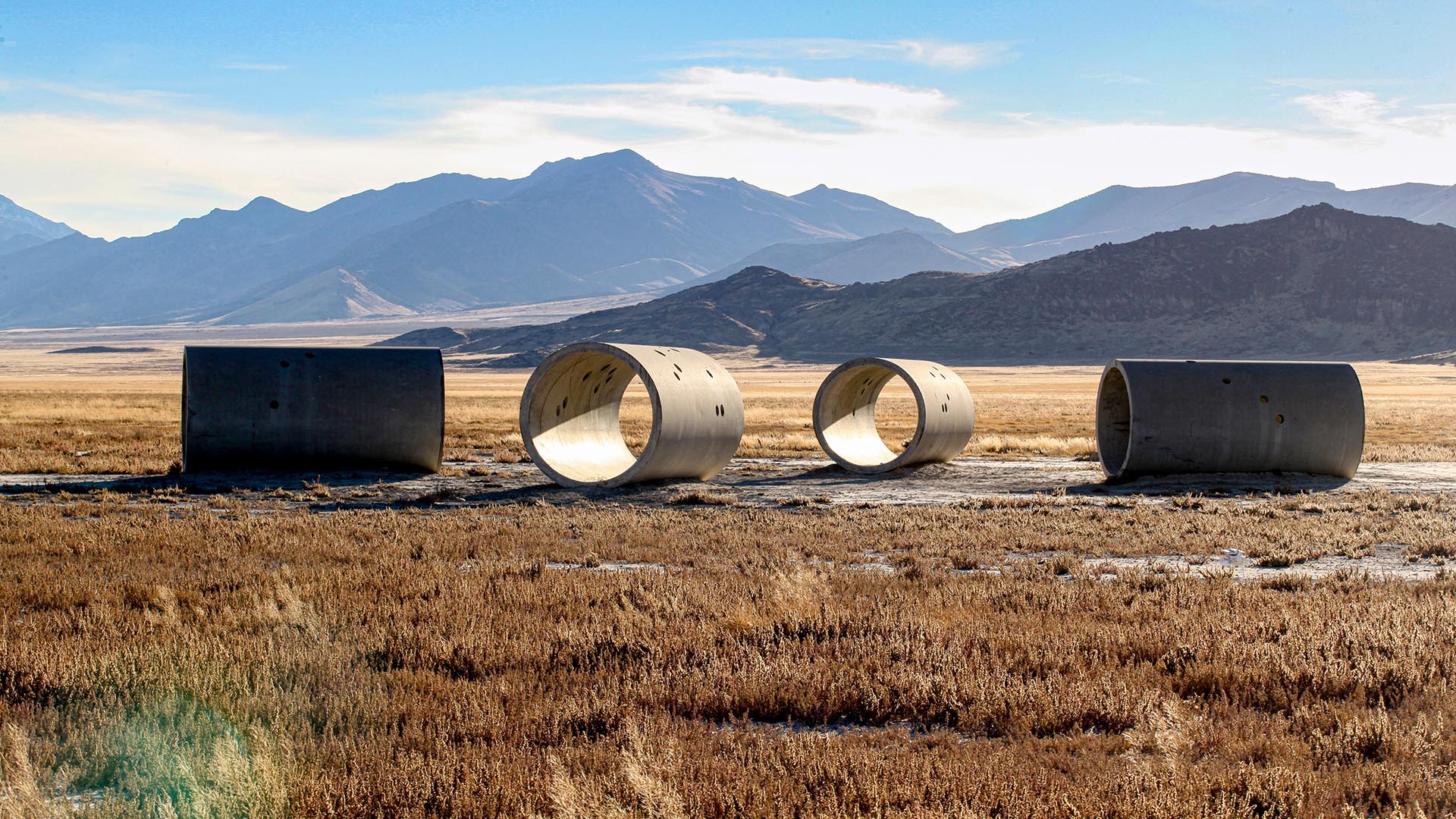A new exhibition and book explore the role of photography in preserving one of the most iconoclastic forms of contemporary art.

You’re getting blind.
Don’t miss the best of visual arts. Subscribe for $9 per month or $108 $90 per year.
Already suscribed ?
Read more: Edward Burtynsky: Tales of Water



